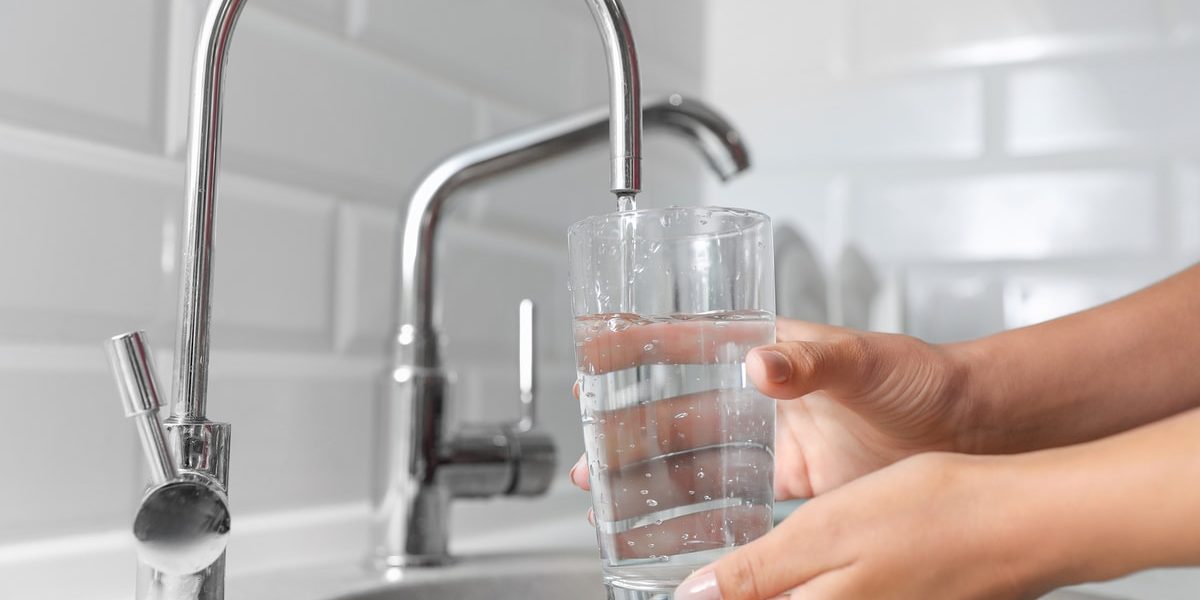Residential water damage restoration is fixing household leakage, flooding, and other water-related issues. It can be just a leakage in the wall or flooding of water from the main supply.
Types of residential water damage restoration?
Residential water damage mainly has three types:
- Leaked or broken pipes
- Overflowing from bathroom, sink, or toilet
- Bad weather such as heavy rain
Regardless of the source water damage should be sorted as quickly as possible because water disasters are a time-sensitive issue. Any delay or ignorance in that can permanently damage the structure of a house.
How restore residential water damage?
Residential water damage restoration demands proper planning before starting. There are certain protocols and standards to follow. Here is how residential water damage restoration works. Water Damage Restoration in Norfolk, VA also follows this.
Inspection of damage:
Inspection is done to assess the extent of damage done by water. The restoration professional will examine your house completely and categorize and classify the damage. It will make it easier to apply the appropriate solution.
Drainage and drying of water:
The next step is removing all the stuff such as furniture from the damaged site and draining of water. This can be done using a heavy-duty pump. After the drainage of water, the excessive moisture can be removed by vacuum. Drying should be done by using fans and dehumidifiers. There shouldn’t be any moisture at the site.
Restoration:
After cleaning and drying the next step is restoration. Restoration will be planned according to the severity of the damage. It can be just a carpet and drywall replacement or full-scale reconstruction. Hence it will be determined by your restoration expert.
How to avoid residential water damage?
There are a few tips to avoid residential water damage but the most important thing in this is regular maintenance of the key areas of your property. It can certainly prevent water from entering your property.
Here are the outside home tips to avoid residential water damage:
Disconnect the hoses:
Disconnecting the hoses from the faucet is very important because the standing water in the hose can freeze in the pipe and create an ice block. It will stop the flow of water and may also burst your pipes. That can damage the walls, floor, and foundation of the house.
Clean your sewerage line and downspouts:
The sewerage line and downspouts of the house should be cleaned at least twice a year to avoid blockage and ice dams. Standing water can damage the roof and gutters and the unmanaged and uneven water flow can create puddles which are dangerous for the foundation. Clean the downspouts and make sure that their flow should point away from the house.
Vegetation and tree growth maintenance:
Trees and vegetation in the house always have a pleasant impact unless their roots become entangled in the pipes and break them. That’s why it’s important to keep a check on the growth of trees and vegetation. Remove them if they causing a problem.
The Inside Home Tips
Maintenance of appliances:
Residential water damage is mostly due to appliances. Check and maintain them regularly if there is any leakage. The washing machine and refrigerator hoses become old and brittle and then show leakage as well. These hoses mostly have a life expectancy of five years so replace them regularly to avoid expensive damage and mess.
Install devices for water detection:
A water detection device is a small electronic device that produces an alarm when its sensor detects moisture. The main advantage of this device is that it also detects low moisture or slow leakage which usually goes unnoticed. Installing near the water heaters, sump pumps, washing machines, dishwashers, and toilets to avoid extensive damage and mold growth.
Check the water pressure:
A lot of the best Water Damage Restoration companies in Norfolk, VA recommend that the typical residential water systems are designed for water pressure of 40-70 psi. If the pressure exceeds 100 psi, then install a pressure regulator.
Check your water bill:
Water bills can also help to detect water leakage. However, if you notice an abrupt change in usage from one month to without any explanation, then it might be a leakage in the crawlspace in your front yard or somewhere else. Don’t leave that mystery unattended.
Find and fix the leakage immediately:
If you found any leakage in the house, investigate it right away. Delay in it will result in mold growth, mildew, or even structural damage to your home.









